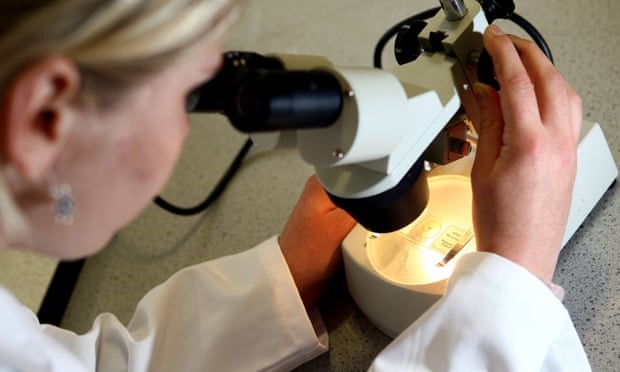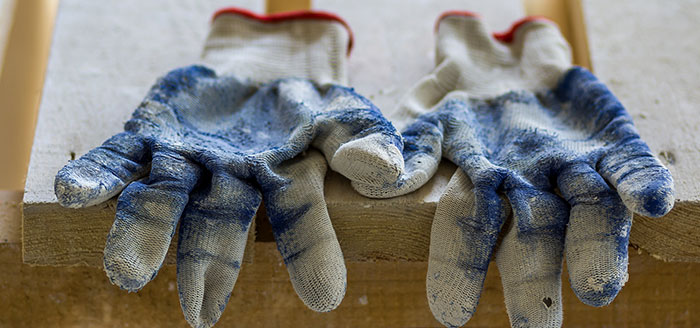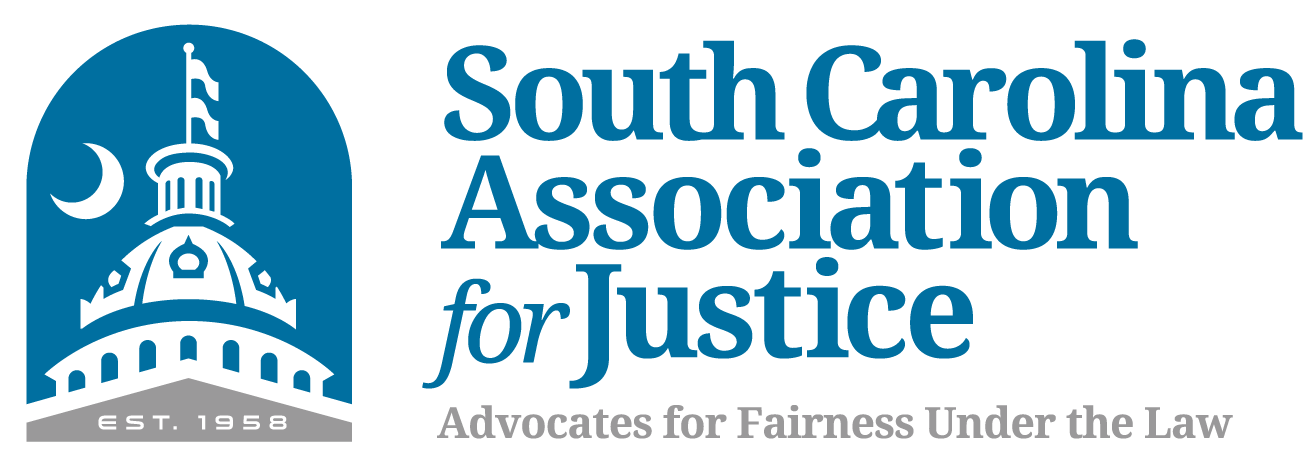Fatal car accidents in America are skyrocketing, and it’s becoming a big issue that we all need to be aware of. When we hear about car accident deaths on the news, it can be scary. But understanding the reasons behind these accidents and how we can prevent them is a big step towards making our roads safer for everyone.
Traffic Study
Deborah Kuhls, Director of Trauma ICU in Las Vegas, Nevada collected car accident data in search of ways to help prevent crashes that involve life-altering injuries or deaths in the state of Nevada. This traffic study showed that up until 2020, improved technology:
- airbags
- backup cameras
- lane-departure sensors
- blind-spot sensors
“…meant that drivers not only had more peripheral awareness. They were more likely to survive crashes that might have killed the occupants of an older vehicle…All the things that were supposed to be working were working.”
However, in 2020, after Covid-19 came about, Kuhls started seeing reports of large increases in road-related injuries, even with lockdowns, and streets being relatively empty. In 2021, Nevada recorded a 15-year-high in fatal car accidents. 2022 was more of the same.
Data showed that drivers were speeding more, and “plowing through intersections with an alarming frequency.” Seatbelt use was also down, and intoxicated-driving arrests were at a historic high.
During discussions at the 2022 annual meeting of the Governors Highway Safety Organization, Kuhls realized that “the same behavioral patterns she had observed back in Nevada were playing out in nearly every state in the country, often at record-shattering scale.” (www.nytimes.com)
Fatal Car Accident Statistics
Every year, thousands of people lose their lives in car accidents in the United States. That’s like a small town disappearing every single year. And the saddest part is that most of these accidents could be prevented. By understanding these statistics and where and how these accidents happen, we can start to think of ways to make our roads safer.
The National Highway Traffic Safety Administration (NHTSA) has calculated that in 2021, 42,939 Americans died in car accidents. That’s the highest in 15 years! A big portion of those deaths “involved intoxicated or unrestrained drivers or vehicles traveling well in excess of local speed limits.” (www.nytimes.com)
The next year, in 2022, there were 42,795 Americans killed in car accidents. Though that is a small decrease from 2021, this number is still 15% above pre-pandemic levels. (NHTSA.gov)
Statistics also show that age seems to play a part in fatal car accidents as well. According to the CDC, the leading cause of death in Americans aged 1 to 54 is car accidents. (USAToday.com)
Deadly Drivers in America
So, what’s causing all these deadly car accidents? Well, there are a few things:
- New cars are taller and heavier. Studies show that “the bigger the vehicle, the less visibility it affords, and the more destruction it can wreak.” A report by the Insurance Institute for Highway Safety concluded that SUV’s or vans with the higher hood are 45% more likely to kill pedestrians than smaller vehicles.
- 43% of America’s aging roads are in poor or mediocre condition, according to the American Society of Civil Engineers.
- But the biggest problem seems to be us – our behavior! American drivers are deadly.
- Impaired driving (alcohol, drugs, or driving tired)
- Speeding
- Aggressive driving (impatience, road rage)
- Not wearing seatbelt
- Distractions: cell phones, technology on dashboards
Fatal Car Accidents in South Carolina
This issue is not just national, but local too. Focusing on The Palmetto State, South Carolina has some pretty busy roads, and unfortunately, it also has a high number of fatal car accidents. This means that if you’re driving in South Carolina, you need to be extra careful and aware of your surroundings.
South Carolina has the second-highest rate of fatal car accidents in the US, behind Mississippi. The Palmetto State had 24 deadly car accidents per 100,000 vehicles in 2022. Mississippi had 34. Rhode Island had the lowest rate, with only 6 accidents per 100,000 vehicles. The US “average fatal crash rate is nearly 16 deaths per 100,000 vehicles.” (USAToday.com)
What are the top causes for car accidents in SC?
Speeding comes in at #1. Alcohol-impaired driving is #2. (NHTSA.gov)
How you can help
Since driver behavior is the biggest problem causing deadly car accidents, we can all do something to help. Every time you get behind the wheel, YOU have a chance to make a difference. “Model safe driving for your family and others on the road around you. Do everything in your power to keep our roads safe and save lives.” (AutoInsurance.org)
For safe driving tips, go to the NHTSA website.
Fatal car accidents in America are a serious problem, and they’re affecting all of us in some way. But by being informed, making smart choices, and looking out for each other, we can work towards safer roads and fewer accidents.
Drive safely!
For a Free Wrongful Death Consultation, Contact The Law Offices of David L. Hood
If someone you care about has died due to someone else’s negligence, please schedule your free consultation by calling The Law Offices of David L. Hood at (843) 491-6025 or filling out our brief online contact form.
We know how difficult it can be to deal with the immediate and long-term effects of a wrongful death. At The Law Offices of David L. Hood, we work hard to make things simple for you. After a free case evaluation, if we believe we can help you and your family, wrongful death accident lawyer at our firm, co-counsel, and our team of experts will vigorously pursue your case to get you the best result we can achieve. Let us put our years of experience to work for you!
*Clients are not liable for any expenses, unless there is a recovery in their case; however, if there is a recovery in their case, clients will be liable for expenses. Attorney’s fees are based on a percentage of the recovery, which will be computed before deducting expenses.















